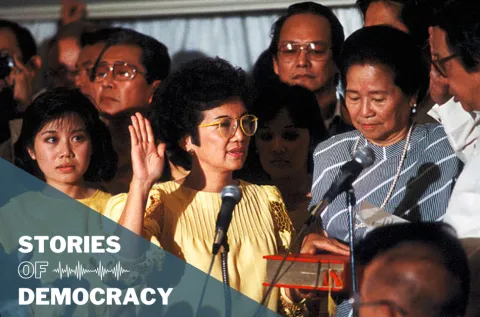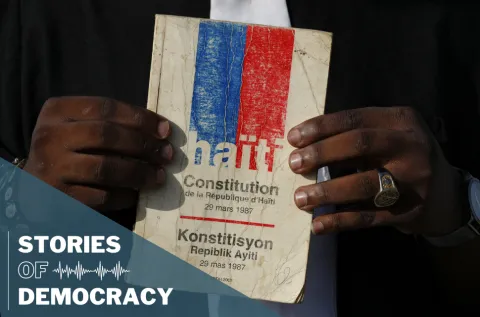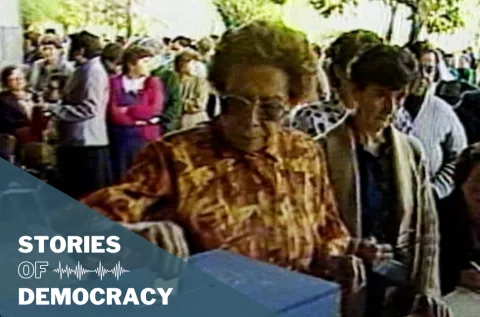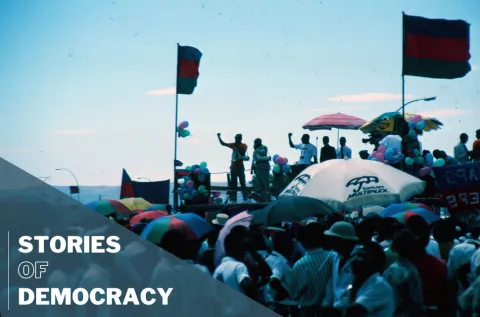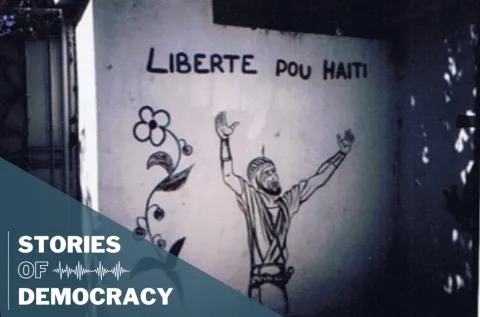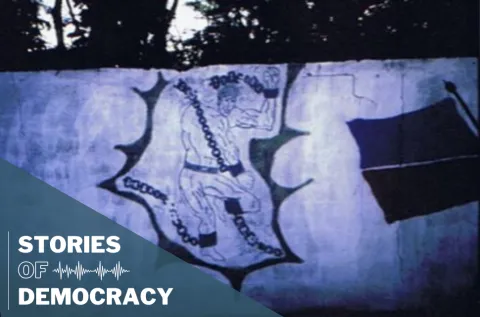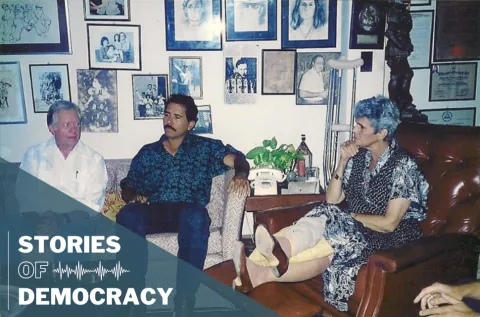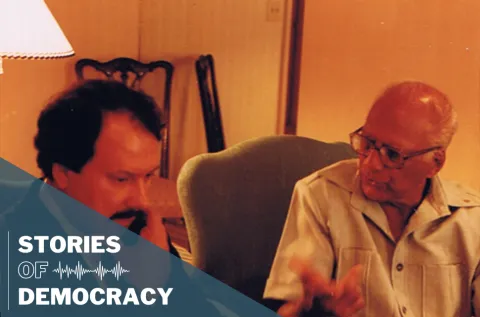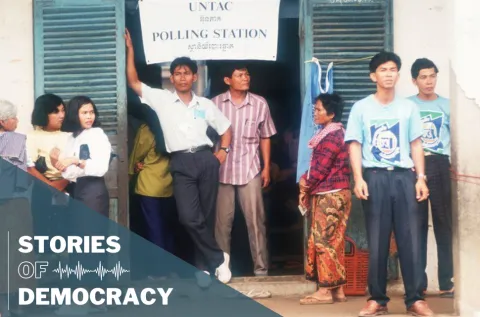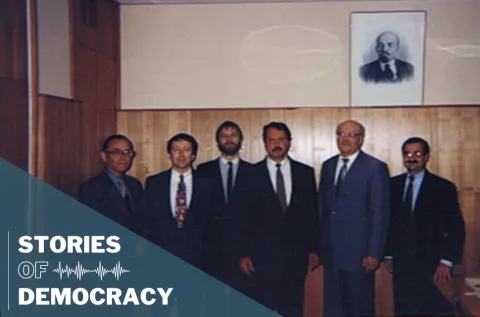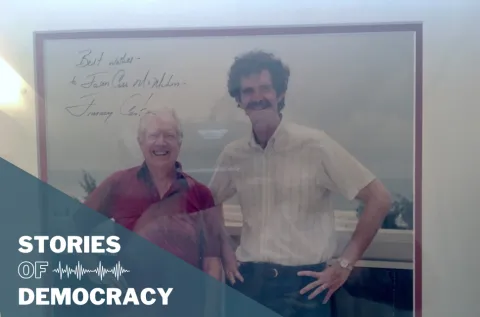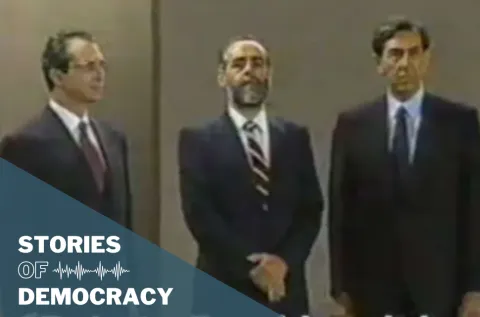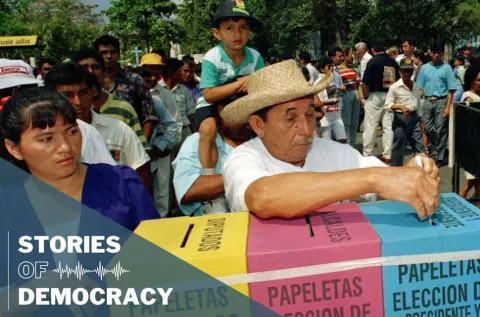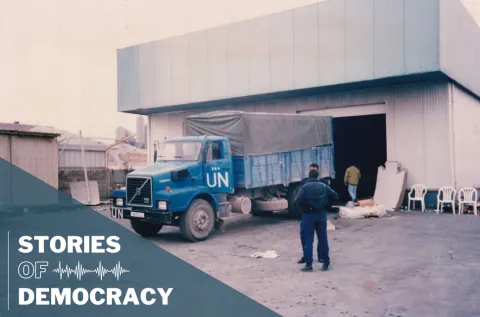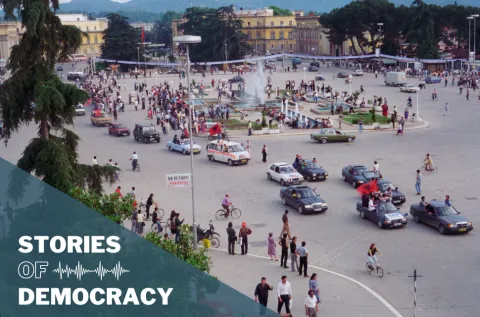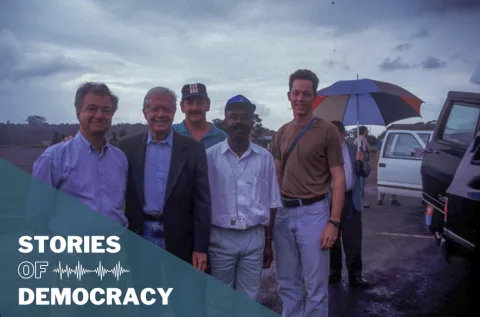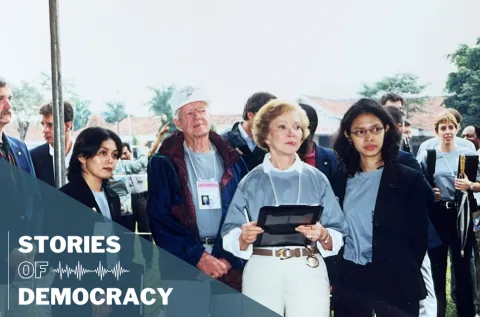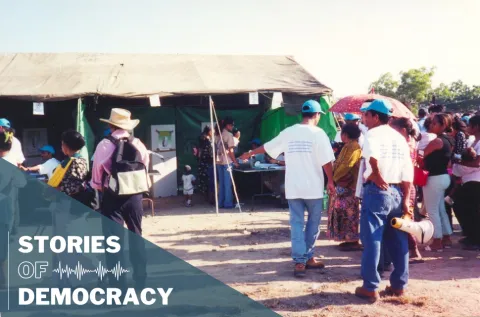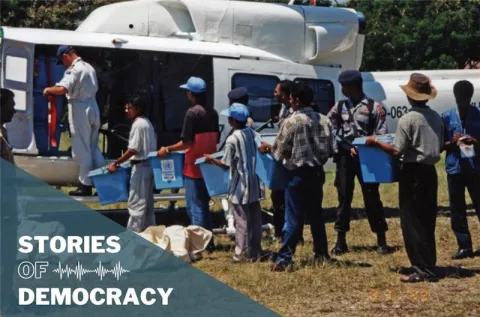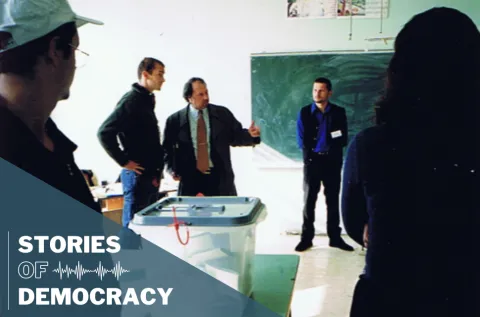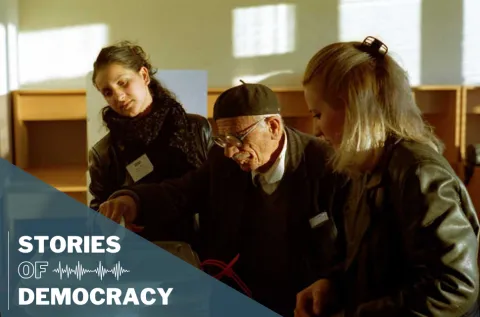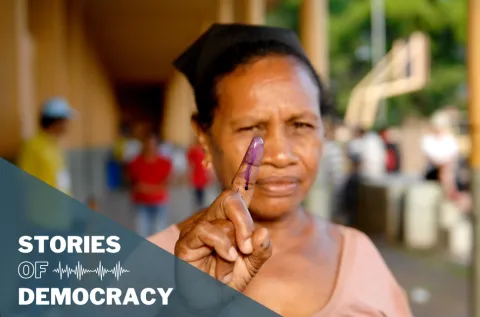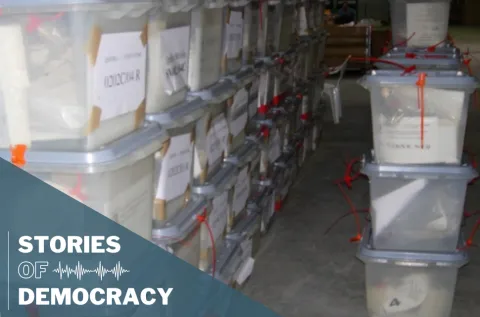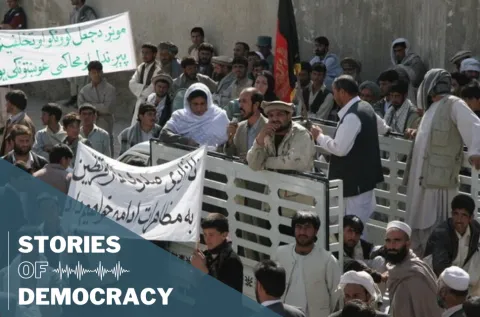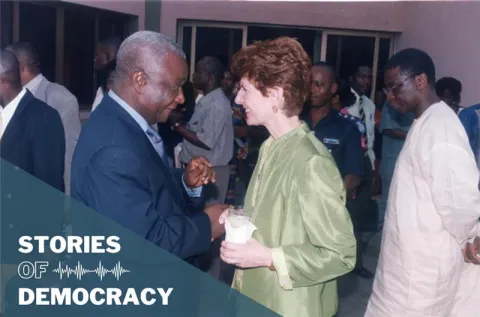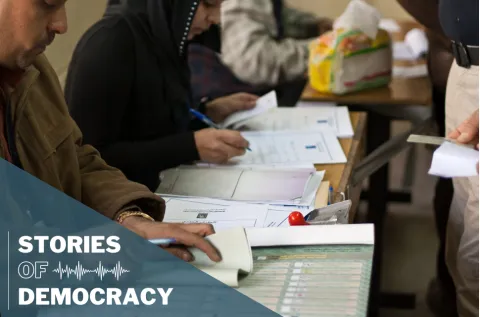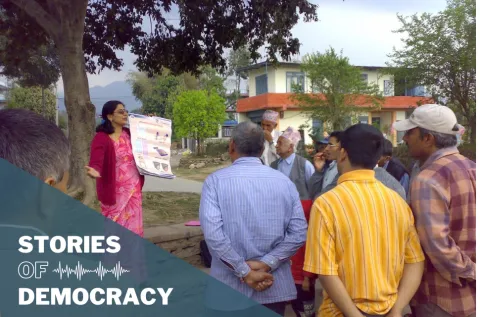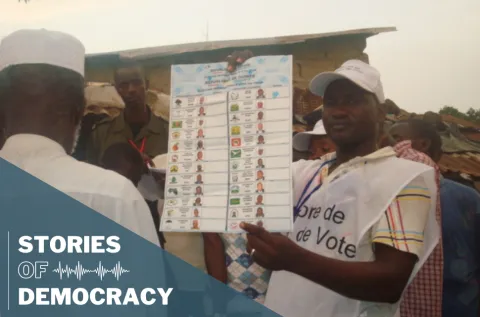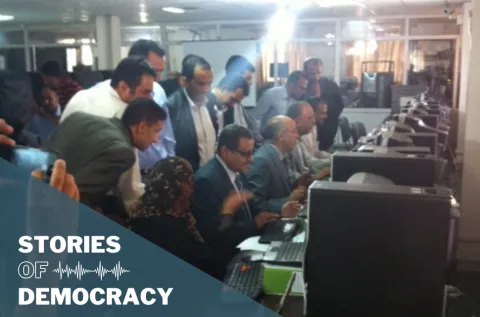Bosnia and Herzegovina - 2000 - Municipal Elections
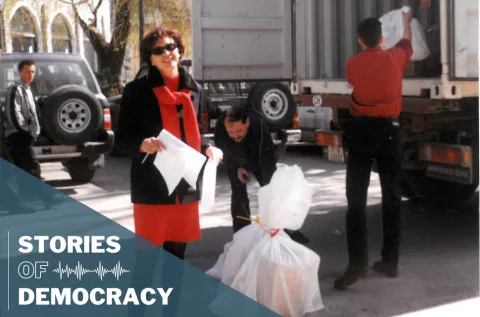
After Bosnia and Herzegovina (BiH) declared independence from Yugoslavia in 1992, a deadly civil conflict followed, primarily between factions of the Bosniak, Serb, and Croat populations. An estimated 100,000 people were killed and 2.2 million people displaced. The 1996 Dayton Peace Agreement brokered governing power between the three groups, making BiH possess one of the world’s most complicated systems of governance. It largely split the country into two parts: the Serb-majority Republika Srpska (RS) and the mostly Bosniak- and Croat-comprised Federation of Bosnia and Herzegovina (‘the Federation’).
The Dayton Agreement also assigned the OSCE (Organization for Security and Cooperation in Europe) the very complex task of implementing BiH’s multi-party elections, including the April 2000 municipal elections. In the RS, municipalities were granted significant governing power. Within the Federation, Bosniak municipalities were operating mostly under the authority of the upper-level cantons, while in Croat and mixed municipalities the combination of local warlords and illegal parallel institutions granted municipal bodies more governing power.
Ultra-nationalist leaders and parties of each ethnic group had an overwhelming presence in politics since the country’s founding, including at the municipal level. Worries loomed over continued electoral victories for Radovan Karadzic’s Serbian Democratic Party (SDS), despite Karadzic having been indicted for war crimes by the International Criminal Tribunal for the former Yugoslavia (ICTY). These elections were in many ways an ongoing competition between the ethno-nationalist parties like the Serbian SDS, the Bosniak SDA, and the Croat HDZ, and with the emerging and more moderate, multi-ethnic parties, like the Social Democrat Party (SDP). Many voters and international onlookers feared an election involving major problems of fraud, disenfranchisement, and violence that could resurface civil conflict. Many simultaneously hoped that a free and fair election would take place and set the course for the growing number of more moderate political actors and voters to eventually take center stage.
Elections were held across 145 municipalities, with a relatively high turnout of approximately 70%, amounting to nearly two million voters. No major problems were reported, unlike in previous years. Irena Hadžiabdić served as an election officer in one of the OSCE’s Field Offices, covering six municipalities, half of the Central Bosnia Canton. Here, she discusses the myriad challenges faced in administering a democratic election in this fragile post-war context.



